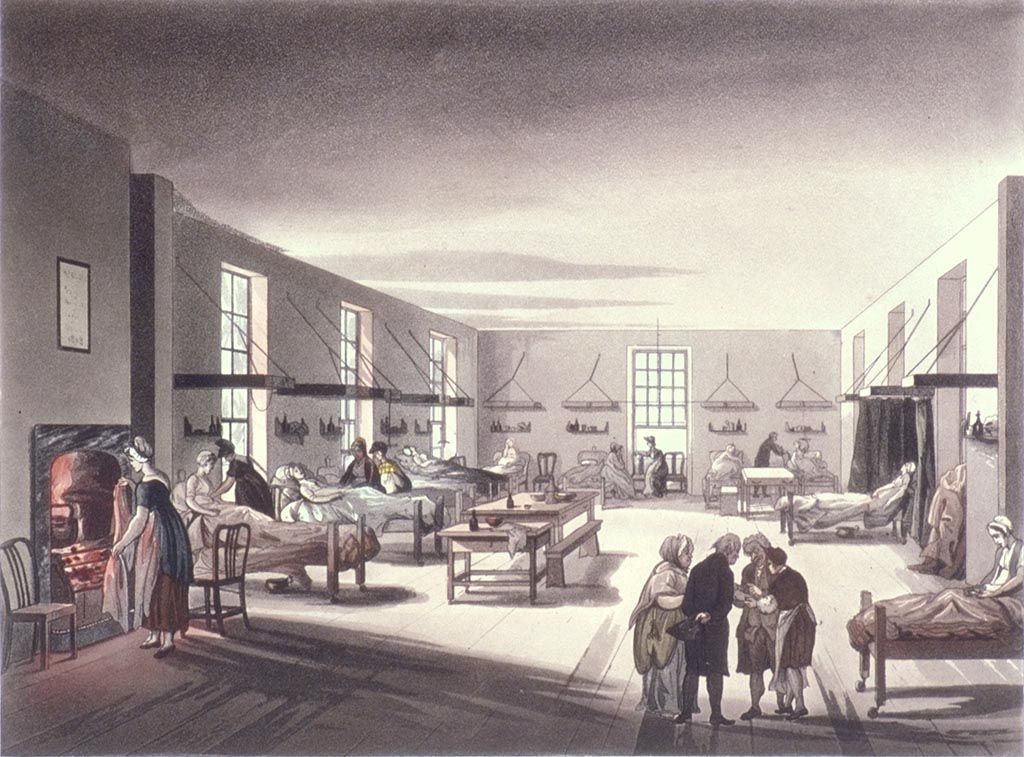
For any soldier stationed in or around Fort Pitt during the 18th-century, sickness was often inevitable during his enlistment. Communicable illnesses affecting the soldiers were common occurrences. Upon daily inspection, any soldier could be admitted to an established hospital. Once admitted, his pay would be reduced for the duration of his stay as payment. The patient was washed and given clean clothes. If needed, medicine could be administered as well as proper rations to assist in recovery.
The following are some of the most common ailments suffered by Fort Pitt soldiers:
Lice: A parasite reliant on the warm body of hosts to survive. The washing and boiling of clothing and bedding, changing the mattress filling, constant bathing and combing of hair, and sometimes the shaving of the head were the most effective ways to eradicate them.
Typhus: With lice comes the chance of Typhus. Lice passing from host to host will pass on this disease quickly in a concentrated population, causing fever and debility. Without modern antibiotics, this disease had an estimated 10-60% mortality rate in the 18th century. Bloodletting was a popular treatment but was not effective. It led to the popular study of this disease by the 19th century.
 Dysentery (flux): Any diarrheal disease falls into this category, with most types still plaguing armies today. If death occurs, it is most frequently caused by dehydration. Common period hospital foods, such as boiled broth and rice pudding, assisted with the recovery from this illness. The administration of laudanum, which is still used today as a cure for the illness, would also have been used.
Dysentery (flux): Any diarrheal disease falls into this category, with most types still plaguing armies today. If death occurs, it is most frequently caused by dehydration. Common period hospital foods, such as boiled broth and rice pudding, assisted with the recovery from this illness. The administration of laudanum, which is still used today as a cure for the illness, would also have been used.
Smallpox: Considered not to be eradicated globally until 1980. Inoculations in the 18th century occurred but were not common among provincial soldiers here in America. When these epidemics hit, quarantine was usually effective in stopping its spread. In the summer of 1763, a smallpox hospital was established under the drawbridge of Fort Pitt.
Scurvy: Although the cause of the disease was not understood at the time, the cure and preventative measures taken were correct. The effects of fresh vegetables, sauerkraut, and spruce beer had been observed and noted. The Vitamin C in each was enough to prevent and cure the ailment. Since Fort Pitt possessed a large garden and received an influx of food shipped from elsewhere throughout the year, this illness was not a specific threat here. However, in outposts such as Venango and LeBeouf to the north, cautionary orders to officers to prevent the disease from affecting their small detachments were noted.
Justin Meinert is the living history program coordinator at the Fort Pitt Museum.
